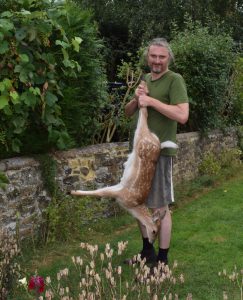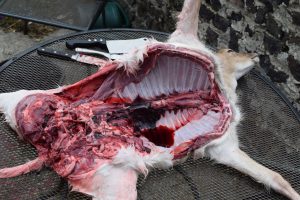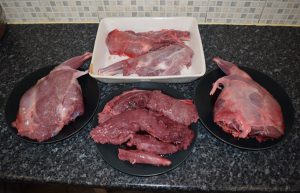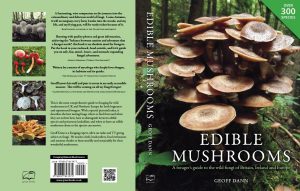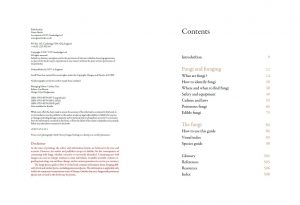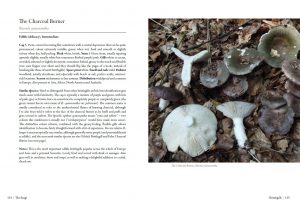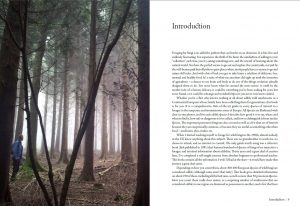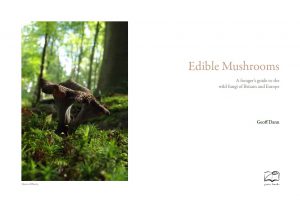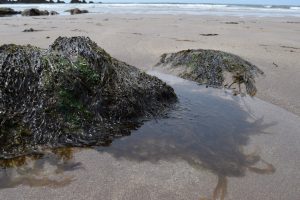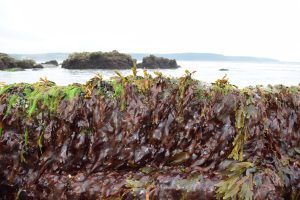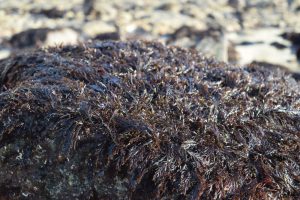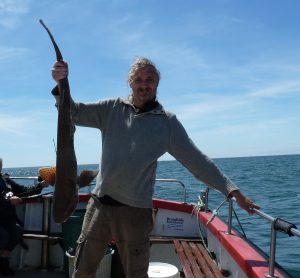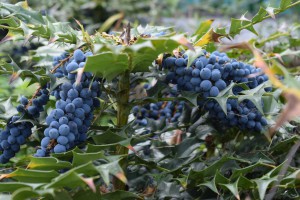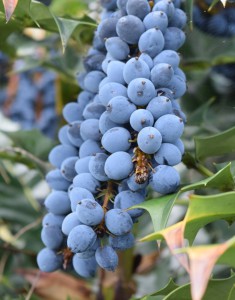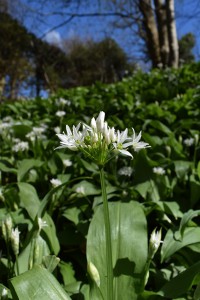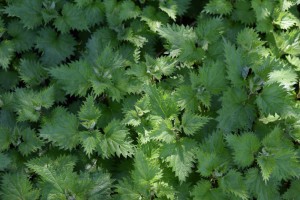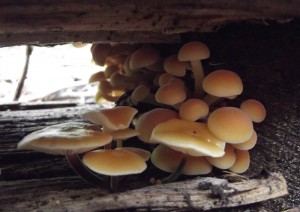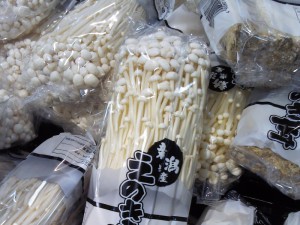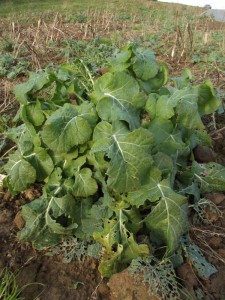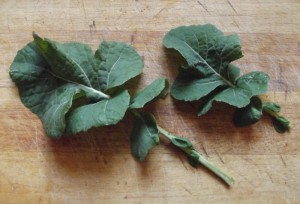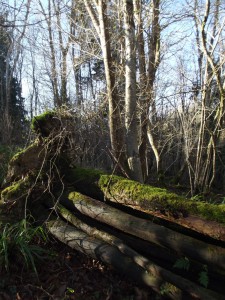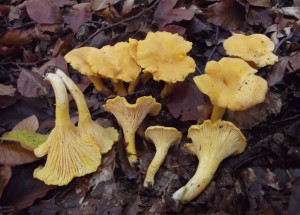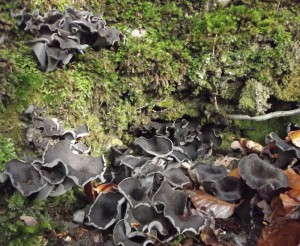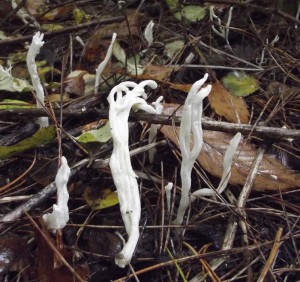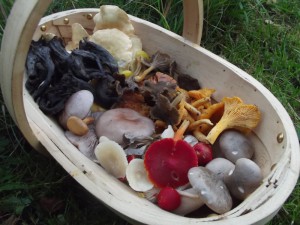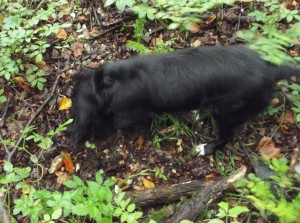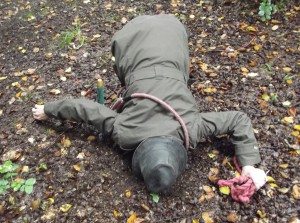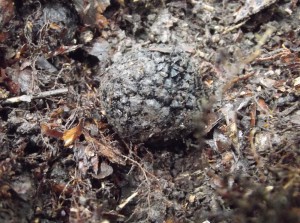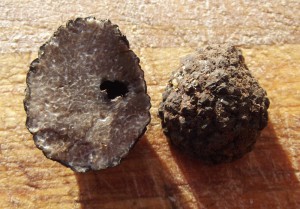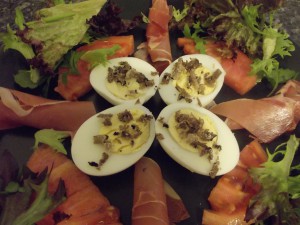Email: geoffdann@hotmail.com
Phone: 07964 569715
03/09/2016
With the main mushroom season just around the corner, the long-running battle between foragers and conservationists has just gone into overdrive. This time it is serious: the Forestry Commission has banned all fungi foraging in the New Forest National Park.
I can’t say I’m surprised. The New Forest has increasingly become a victim of its own reputation as something of a Mecca for fungi foragers. It has been attracting pickers, both commercial and personal, from much further afield, and in recent years it has become harder and harder to find any fungi. However, the situation is quite complicated and many of the claims currently flying around both the mainstream media and the internet need to be examined quite carefully.
What has actually happened? According to numerous reports in the mainstream media (for example: http://www.dailymail.co.uk/news/article-3768111/Foraging-fungi-banned-New-Forest-commercial-pickers-broke-rule-taken.html), the Forestry Commission has now prohibited all picking of fungi on its land in the New Forest. The reasons given are that commercial pickers are flouting a 1.5kg per person per day rule, picking up to 50kg. The simplest solution to this problem, they say, is to ban all picking. The decision was taken, the FC has said, to protect both future populations of fungi and populations of insects whose grubs (“maggots”) feed on the fruit bodies.
In response to this ban, an organisation called “The Forager’s Association”, which describes itself as “An international professional foragers association, promoting sustainability and ecological stewardship through teaching and harvesting wild plants and fungi for used as food, drink and medicine” has issued a press release (see: http://www.foragers-association.org.uk/). I should disclose at this point that I am not a member of this organisation, but that I do know several of its members.
The contents of this press release are worth a close look if we want to get down to the truth underlying these issues. The press release is titled:
“New Forest Fungi Picking Ban “unscientific” say fungi experts”
It begins:
“A campaign by the Forestry Commission in England to ban the picking of all fungi in the New Forest has been heavily criticised by fungi experts and foraging educators. “
Well, the Forager’s Association really is an association of foraging educators rather than fungi experts and one wouldn’t expect turkeys to vote for Christmas. Clearly such a ban is not in the interests of foraging educators – and it also a precedent that is not welcome – so one can be forgiven for questioning their impartiality. I am also a foraging educator, and in my case somebody who comes from a conservation and scientific background and who has spent many years trying to maintain a balanced view, which has felt like being in the middle of a war zone at times.
The release then implies that foraging actually helps long term fungi populations (which is quite a claim), and that the ban has no grounding in scientific evidence:
“The Association of Foragers, which represents the collective knowledge and experience of nearly one hundred writers, teachers and researchers, say the ban has no grounding in scientific evidence, and is more likely to undermine fungi populations in the long term.
There are at least 2,700 species of fungi in the New Forest. Only a dozen are routinely collected as food – none of which are rare”, said John Wright, author of the bestselling River Cottage Mushroom Guide, and member of The Association of Foragers.”
This claim by John Wright is correct. Yes, only a small number of species are routinely collected for food, and yes none of those are rare.
“More fungi are kicked over and trampled by the uneducated than are picked for the pot. Foraging provides an important point of human connection with these otherwise mysterious organisms”, said Mr Wright. “
Unfortunately this is also true, along with the number of fruit bodies which are collected at random by people who don’t know what is edible and what isn’t. However, the fact that many fungi are trampled, either accidentally or intentionally, does not make any difference to the fact that a lot of them are also picked by foragers, especially in places like the New Forest.
“Mark Williams, a member of The Association of Foragers who has taught about fungi in Scotland for 25 years, said: “The Forestry Commission has presented no scientific evidence to show why this ban is necessary. That’s because there simply isn’t any.” A 25 year study of the effects of picking mushrooms revealed no correlation whatsoever between picking and future growth, in the same way as picking a bramble does not impact the parent plant – in the case of mushrooms an invisible underground network called mycelium.”
This leaves something important out. The 25 year study in question (“Mushroom picking does not impair future harvests – results of a long-term study in Switzerland” Biological Conservation 129(2006) 271-276) did indeed demonstrate that no amount of picking made any difference to survival of the mycelium – it did not harm the adult fungal organism. The same study also demonstrated that increased trampling of the area decreases fruit body production, but there’s something else that it is more important. The study did not even attempt to assess the impact of picking fruit bodies on the fungi’s chances of reproducing – it did not measure whether picking fruit bodies in location X had a negative effect on the appearance of new mycelia in adjacent areas. In fact, it would have been impossible to measure this, because fungal spores travel far and wide and it would also have been impossible to know whether new colonies in adjacent areas were the progeny of fungi in the study area, or came from elsewhere. In summary, this study did not conclude that picking fungi does not have a negative impact on the future populations of fungi. So whether or not Mark Williams’ statement is true depends on the meaning of “future growth”. Future growth where? At the location of picking, or elsewhere?
Mark Williams continues:
“The picking and movement of mushrooms is actually more likely to help spread fungi spores and expand populations.”
This is a problematic claim. It could be true, but given that the Forager’s Association is complaining so bitterly about the lack of scientific support for the Forestry Commission’s ban, they do need to be careful about making counter-claims that are equally lacking in scientific support.
The truth is this: there is no scientific evidence to support the claim that picking fungi helps the growth of populations. There is some folk mythology that carrying mushrooms around in open baskets helps spread the spores about, but there is no scientific evidence to support such a claim, and since many fungal fruit bodies produce large amounts of spores long after they’ve ceased to be in edible condition, it is highly doubtful that picking fungi actually improves the prospects for future populations. At best, we simply don’t know.
The press release continues:
“The Forestry Commission also cites “fungi-dependent invertebrates” as reason for the ban. Research herbalist Monica Wilde of The AoF says: “People don’t pick the mushrooms that are appealing to maggots! The most widely eaten species – chanterelles and hedgehog mushrooms – are almost entirely resistant to insects.”
This is perhaps the most worrying statement in the press release. Ms Wilde is one of the founder members of the Forager’s Association, but not a fungi expert, and the above claim is deeply misleading. As already stated, at least ten species are widely picked, and while it is true that chanterelles and hedgehog mushrooms are not the favourite fungi for insect grubs, several of the others most certainly are. Probably the most sought-after fungus of all – the Penny Bun or Cep (Boletus edulis) is very popular indeed with insect grubs. Indeed, in many European markets these fungi are cut open before sale in order to determine how badly infested they are. The same goes for most of the other edible boletes (mushrooms with pores/tubes rather than gills or spines), many of which are popular with foragers.
The press release continues:
“The FC also cites anecdotal evidence of “teams of commercial fungi pickers”. “This is a mantra that has been so often repeated, mostly by the tabloid press, that it has entered the public consciousness”, says Mr Williams. “With collectively 1000’s of days spent teaching and recording in the New Forest, not one member of the AoF has ever seen any evidence of this – not even a photograph. 99% of mushrooms rot where they grow.”
Well, I don’t spend much time in the New Forest. I am based on the south coast in Sussex. But I do on occasion go foraging nearer London, and I have indeed seen evidence of large-scale commercial foraging. The final claim – that 99% of mushrooms rot where they grow – might just be true of all mushrooms nationally, but there’s absolutely no way it is true of edible mushrooms in the New Forest. I am not going to get into the game of pulling statistics out of nowhere, but I’m willing to bet that very few penny buns, chanterelles or hedgehog fungi end up rotting in the New Forest.
The press release concludes:
“The AoF is calling for the FC to rethink the ban. It is unscientific, unenforceable, and will serve only to further disconnect people from the world of fungi. We urge the FC to use the collective knowledge of the AoF to help formulate evidence-based policy to support future populations of fungi”.
I am all for evidence-based policy. Unfortunately, claiming that foraging actually helps future populations of fungi is not evidence-based, nor is claiming that it doesn’t impact the ability of the fungus to reproduce or that the species most highly sought by foragers are of no interest to insect grubs.
I believe that a change in legislation in the UK is now very likely, although how long that takes remains to be seen. Natural England have recently instigated a project to resolve some of these problems, and also to promote the positive aspects of foraging (and there are many – including getting people out into the countryside and reconnecting them with nature).
My own contribution to this debate, in conclusion, is to call on all sides to stick resolutely to evidence-based policy and not resort to repeating unscientific folk mythology. That includes the Forager’s Association.

